Welcome back to the music history series on the rock genre!
We’re about to get into Chuck Berry and Elvis Presley — both known for their incredible music and lower-body-based dance moves.
But before we do, why was it even called Rock and Roll?
The first mention I can find was in 1934. The Boswell Sisters created a song called “Rock and Roll,” describing the motion of the ocean, and utilizing influences from jazz swing, which was influenced by the popular rhythms of the stride and boogie woogie piano we discussed last time.
Most modern musical genres have gotten their name from the press. Maurie Orodenker from Billboard used the term “rock-and-roll spiritual singing” to describe Sister Rosetta Tharpe in 1942. Hear the swinging similarity to the Boswell Sisters?
Enter Sam Phillips
In the last post, we talked a bit about record labels. Muddy Water’s label, Chess, entered into a partnership with Sam Phillips, who started Sun Records in Memphis, Tennessee.
Sam cut his teeth at an AM radio station, WLAY, in Muscle Shoals, Alabama. (Muscle Shoals would become a mecca of rock in its own right in the 60s, powering music by the Rolling Stones, Lynyrd Skynyrd, Aretha Franklin, and many more.)
Cross-cultural musical collaboration, influence, and admiration was looked down upon by the industry establishment, but Sam Phillips was never scared of playing music by Black or white artists. That energy, the energy of following the muse and exploring the unknown would come to typify American music thereafter.
A Huge (and Growing) Music Market (1945)
Before we get into the music, let’s discuss the market forces at play.
The United States and its allies won World War Two in the summer of 1945, and incomes were rising.
Black Americans had served in the war, and returned looking for greater opportunity and social mobility, moving around the country and expanding their networks. As they grew economically, the market for record sales to Black Americans grew. And at the same time, technology pushed the pace.
The Long Play (LP) Record (1948)
Peter Carl Goldmark immigrated from the Austro-Hungarian Empire to the United States in 1933, with his engineering skills in tow. In 1948, he unveiled his invention. With 23 minutes of play time, Columbia Records snapped it up. And RCA in response marketed another size and speed of record called the 45 (because their version rotated at 45 rotations per minute).
With the LP and 45 in the world, the jukebox entered its golden age.
Jukebox production was stopped during WWII, but now that resources were again available, and the market for modern music was booming, restaurants and bars scrambled to get a jukebox full of the latest hits to attract the younger generation to their establishment.
Sun Studio Opens (1950)
Sam’s other main innovation was scouting and allowing amateurs to record in his professional studio. B.B. King and Howlin’ Wolf made their very first recordings in the newly opened Sun Studio in January 1950. Sam then sold those record’s rights to larger record labels, and B.B. and Howlin’ Wolf became legends. Not a bad start to your studio career!
Here’s the view from the street:
And here’s the one-room studio itself:
The First Rock Recording (1951)
The music press largely agrees that “Rocket 88,” recorded in 1951 at Sun Studio, was the first true rock and roll record. (This might just be Sam Phillips being really good at branding though! Who’s to say that “Rock Me” in 1938 doesn’t have a claim to that title?)
I argue that rock music (and all music) evolves in more of a gradient, a continuum that leads from one genre to the next. What crystalizes a genre is fairly simple and less musical: commercial success, the press, and branding. From there, bands start to coalesce around what’s working, what there’s a market for, and what they’re into/influenced by.
In Cleveland, Alan Freed helped bring these commercial ingredients to “Rocket 88.” And he was playing the song on the radio and referring to it as, “rock ‘n’ roll,” helping to popularize the phrase.
“Rock 'n' roll is really swing with a modern name. It began on the levees and plantations, took in folk songs, and features blues and rhythm." - Alan FreedListen to how the saxophone doubles the bass line figures similar to the boogie woogie songs we listened to. Hear how there’s more energy. Danceable and distorted. Listen to how the piano takes the ideas from stride, the Delta blues, and Chicago blues styles, and then hammers them home with insistent triplets — groupings of threes — reminiscent of the swing rhythms like Sister Rosetta Tharpe and jazz.
Put this song on and imagine yourself on a humid Cleveland summer night in 1951, listening to Alan’s show, and experiencing a new genre of music for the very first time:
When Alan was admitted into the Rock and Roll Hall of Fame, the hall’s executive director praised Alan’s “role in breaking down racial barriers in U.S. pop culture in the 1950s, by leading white and black kids to listen to the same music.”
“Rocket 88” was written by Ike Turner, who then became a talent scout, session musician, and production assistant for Sam Phillips. He’d later marry Tina Turner, but that’s another story. (Though I have to share Tina Turner singing “Proud Mary” on The Ed Sullivan Show because it’s awesome.)
While in West Memphis, Ike met Elvis Presley, a truck driver. Ike recalled, "[Presley] was just a white boy that would come over to black clubs. He would come in and stand behind the piano and watch me play. I never knew he was no musician."
Rock Around the Clock (1954)
Country-and-western music was taking on some of the swing of jazz. Bill Haley, a white man who was originally a yodeler, recorded “Rock Around The Clock” as a b-side (the back side of a vinyl 45). Written in 1952 and recorded in 1954, it wasn’t until 1955 when the record really took off. Released on American Decca (also Sister Rosetta Tharpe’s U.S. label, based in New York City), the song was included in the opening credits of a movie, Blackboard Jungle, about an urban high school, helping in part to associate rock music with the youth movement. It shot to the top of the charts — the first rock song to ever do so — and sold over 25 million copies.
Notice how dance and fashion are evolving alongside rock and roll? Labels took notice too.
Elvis’ Debut (1954)
The King of Rock and Roll, Elvis Presley, deserves a post onto himself. But since we’re moving quickly, let’s head back to Memphis.
Elvis walked into Sun Records to record a demo as a gift for his mother. Sam Phillips was impressed by his voice, and arranged a recording session with guitarist Scotty Moore and bassist Bill Black. On July 5, 1954, during a break in their session, Elvis began playing "That's All Right" by Arthur Crudup. This spontaneous performance caught Phillips's attention, and he recorded the track, marking Elvis's first official recording session and the beginning of his rise to fame.
Here the incorporation of country-and-western music along with the melismatic blues singing? Hear how much personality Elvis sang with? Later artists like Buddy Holly and The Beatles would credit this record for much of their sound and preference.
But to understand Elvis — the absolute phenomenon of hype and fandom — you need to see him play live:
Vinyl Record Players at Home (1955)
Philco began mass production of vinyl record players in 1955, opening the floodgates for millions of record sales. Now you didn’t have to line up at the jukebox or wait for the radio to play your favorite song. You could load it up on one of these bad boys:
Thanks to this and the success of “Rock Around the Clock,” 1955 marked an absolute explosion of rock and roll.
Little Richard (1955)
At J&M Studio in New Orleans, Little Richard recorded a risqué song that was a hit in the live music scene. Songwriter Dorothy LaBostrie “cleaned up” the lyrics and “Tutti Frutti” dropped on Specialty Records out of Los Angeles in 1955.
Check out Little Richard and his band’s performance. Notice the personality in their playing and in the dancers that enter towards the end of the video:
Fats Domino (1955)
Also at J&M Studio in the same year, Fats Domino recorded the hit “Ain’t That a Shame,” featuring a distinctive rock piano style, for Imperial Records, a label based in Los Angeles.
Hear the triplets (groupings of three) on the high part of the piano?
Chuck Berry (1955)
I practiced so much Chuck Berry when I was learning guitar. So did John Lennon. So did everybody, really.
He was just too good.
Part of the secret sauce was that Chuck Berry adapted the piano solos of early rock and roll and featured them on the electric guitar. He made them his own, of course, using articulations that a guitar could do (like bends and slides), but a lot of the magic was in the transfer from one instrument to another:
Look at the showmanship. Notice how the stage presence of the genre has taken on a style of it own?
Chuck Berry was on Chess Records (Muddy Waters’ label) out of Chicago.
Decca Records would soon answer with a giant of their own… we’ll talk about the quirky Buddy Holly next time.
Gain ability and talent by listening to the companion podcast for this post below b ez↯


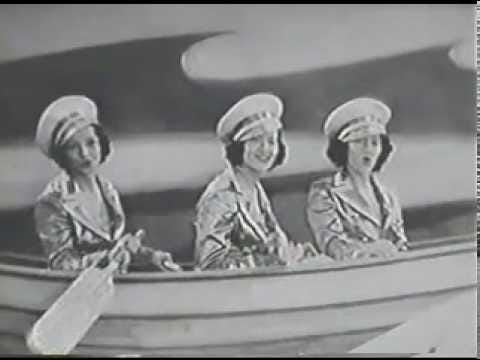




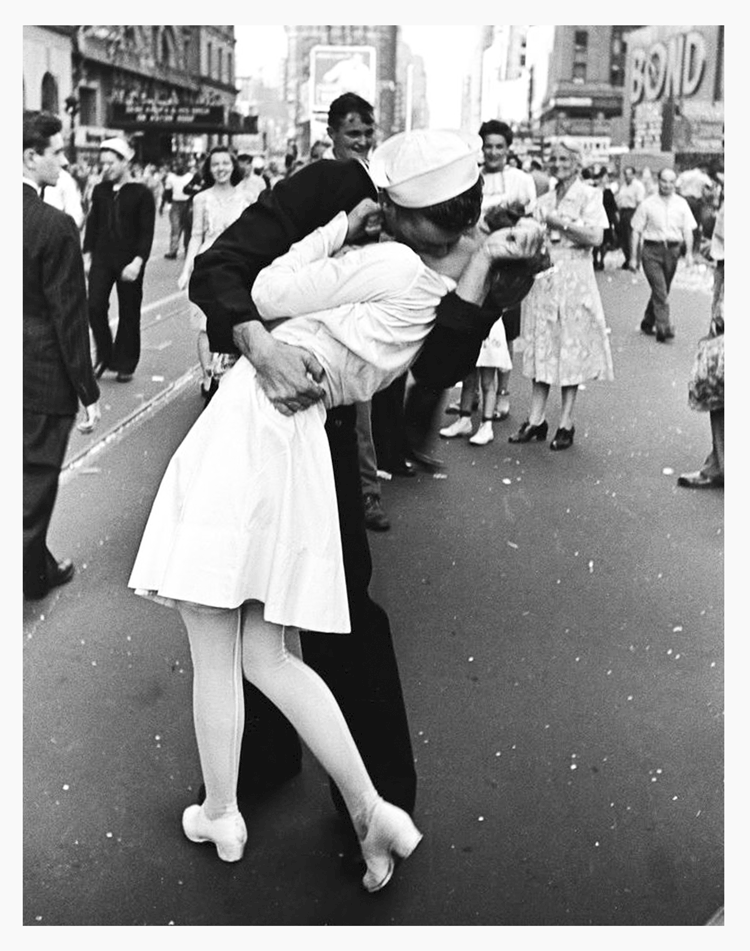

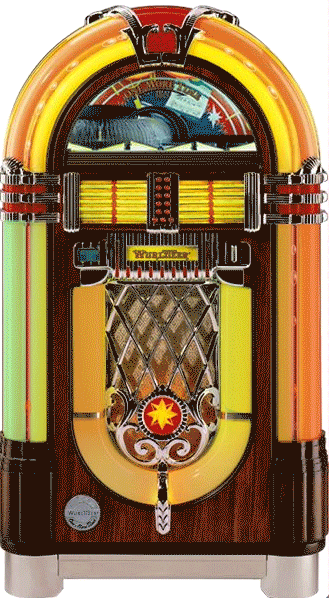

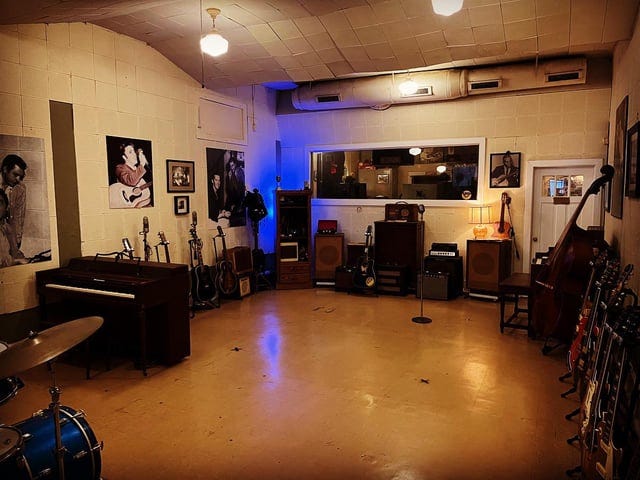
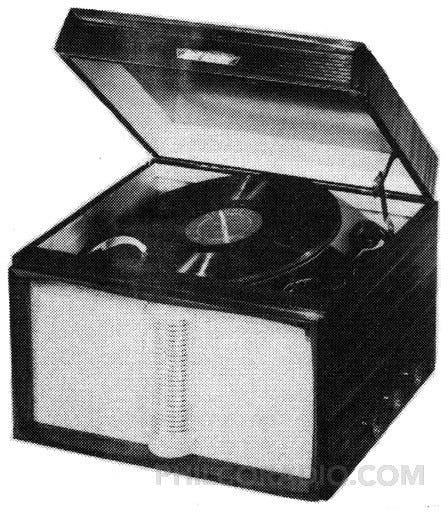
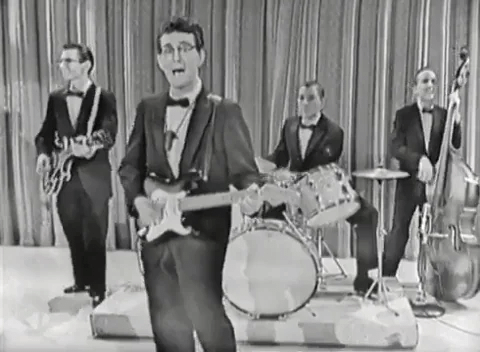
Always knew what a jukebox was but I never knew exactly how it worked. Didn't know it was so limiting and you could only do a certain amount of songs built into the machine. All of the marketing that went into rock is also to be noted. The change and cultural shift that appealed to people all over the nation was genius.
I've always understood what rock is today in modern music. Going back to listen to what really made rock what it is today is crazy that rock was more so of just performing, not reallying caring about what "worked" and you sort of see that in todays work. There isn't a wrong way to do rock. But what if other inventions didn't come out? Would we still have rock?